So called “four to the bar” rhythm guitar is a multi-faceted art. A lot of it has to do with good time-keeping but, besides that, how did players like Freddie Green, Jim Hall, and Bucky Pizzarelli managed to create that fantastic moving counterpoint behind soloists, whilst still swinging like the proverbial barn door?
Although there are certainly times when a simpler accompaniment is quite sufficient, one only need listen to Jim Hall’s rhythm work behind Bill Evans on “My Funny Valentine” (from their famous “Undercurrent” duo album) to realise the creative possibilities of the role. A great contemporary exponent of the style, James Chirillo, has said that the role of the rhythm guitar is to supply a tenor part to the line played by the bass player. It’s a description that certainly resonates with me, and so the focus here is more on the harmonic side of things i.e. how to actually generate these more mobile rhythm parts in the first place. Whilst some focused metronome work will probably sort out your timing, how to create and combine the shapes themselves can be a more elusive subject.
Perhaps the most significant aspect of all this is knowing how to elaborate a basic progression, and convey the resulting chords on a limited number of strings. If we’re able to do this, then the shapes we use will be easier to grab, and the texture will be light enough to allow other players (including pianists) to work around what we’re doing.
In this 50m session:
- We take two familiar progressions (“Minor Swing” and Autumn Leaves”) and create accompaniments for each using one, then two, and finally four shapes per chord.
- In the process, we learn how the more elaborate versions are derived from the basic ones. Every chord played in this session is fretted using only the 6th, 4th, and 3rd strings. You can even do without the 6th string in the presence of a bassist.
- We also discuss some general principles of rhythm guitar. It’s not all about chord shapes; time, sound, and ensemble awareness are just as important.
- As always, the class is linked via on-screen captions to an accompanying PDF booklet, in which everything heard is transcribed using a combination of notation, tab, and chord diagrams. No music reading is required and there shouldn’t be any need to try and work out where I’m putting my fingers from the screen; virtually everything I play is written out for you.
Level-wise, this is potentially a class for all takers, I think. The simple accompaniments we start with should be very accessible for inexperienced players, but it may also appeal to more developed guitarists who perhaps haven’t yet looked at this area in much depth. The elaborate ‘one shape per quarter note’ stuff might be a bit daunting for the less experienced jazz player, but there’s no time like the present for putting the principles in place at least.
Basic / Intermediate
Running time: 50 minutes
13 Pages PDF Included

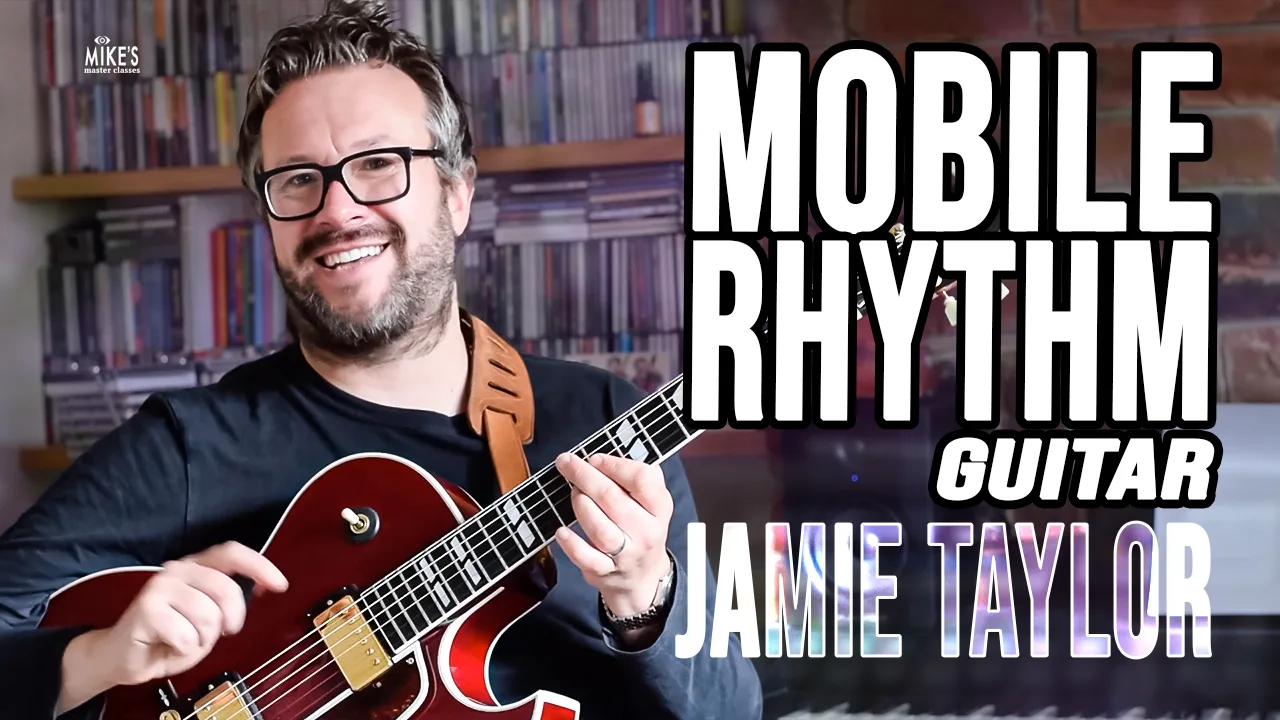
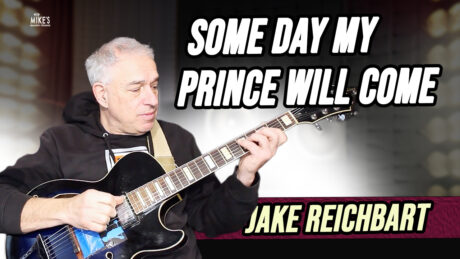
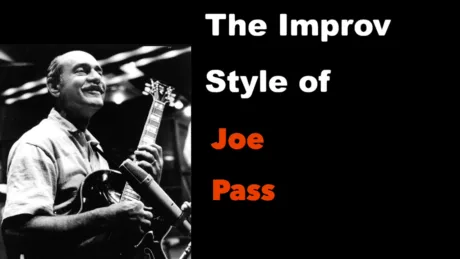
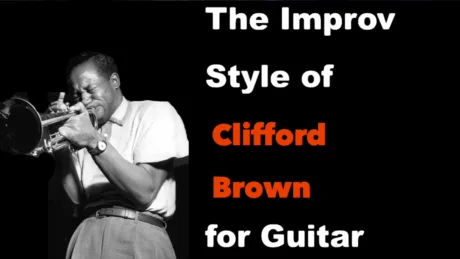





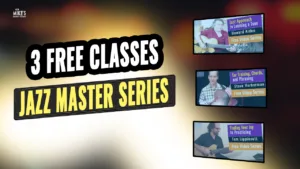

Mobile Rhythm
I found this video to be very informative. He breaks down a couple of different approaches. He answered many questions I had about playing rhythm guitar.
by Matthew Adams